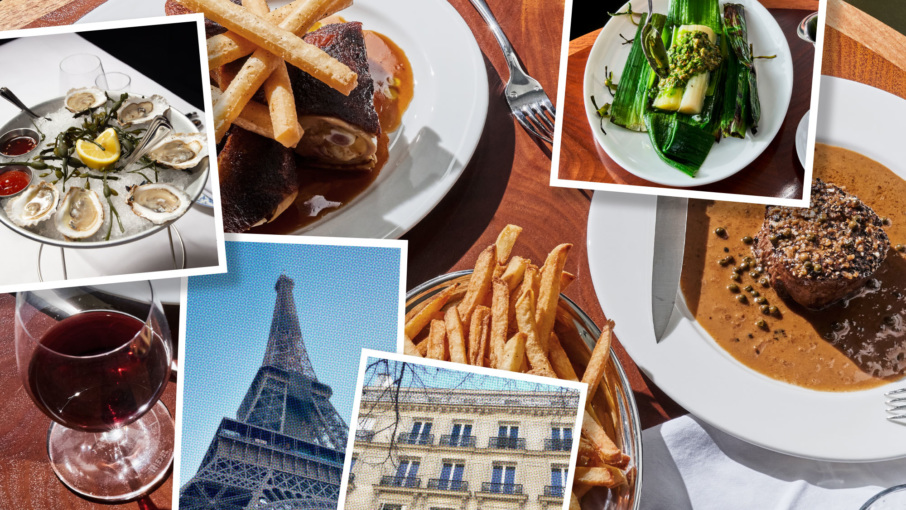Bonné: Although to be fair, the vast majority of bistros in Paris are also that clichéd French restaurant. You know, steak haché is a cliché everywhere.
Carrant: The quintessential idea of a French restaurant in New York is basically Balthazar, right? It’s this beautiful room with banquettes and seafood towers.
Bonné: And it’s interesting because Balthazar was very much created to be, I don’t want to say a replica, but to be representative of a certain memory of French restaurants.
There was a time when that old-fashioned, mid 20th-century French bistro was very much the coin of the realm for New York City. Le Veau d’Or is probably the best example — let us all hope it comes back in whatever form it comes back — but to Noëmie’s point, there would be pâte de campagne, there’d be snails, there’d be steak au poivre, there would be beef bourguignon.
And maybe there would be some kind of indistinct fish on the menu. If you were lucky, maybe you’d get sole almondine, or sole meuniere. None of this was a heavy lift. But these were comfort foods, when the spectrum of cuisine in New York was narrower.
The other thing is, and there’s echoes of this in Paris as well: People are going back to the classics and rediscovering why classics are classics, like quenelles de brochet. Le Coucou, with its many, many modalities, brought this amazing dish back and, you know, people were reminded why this is a great dish and why it’s beloved.
There‘s also so much pleasure in an understanding of the regional French cuisines and really loving when someone is doing them well. Like with Lyonnais cooking — it’s interesting the debate that came out around Le Gratin: It’s great cooking, but is it Lyonnais cooking? Of course, with traditional Lyonnais cooking, you can eat it maybe once a year, unless you’re desperately trying to get gout.
Ting: Which could be a goal, you know.
Bonné: Yeah.
Ting: Not for everyone. But for some.
Bonné: The new TikTok: #teamgout.


Dining and Cooking